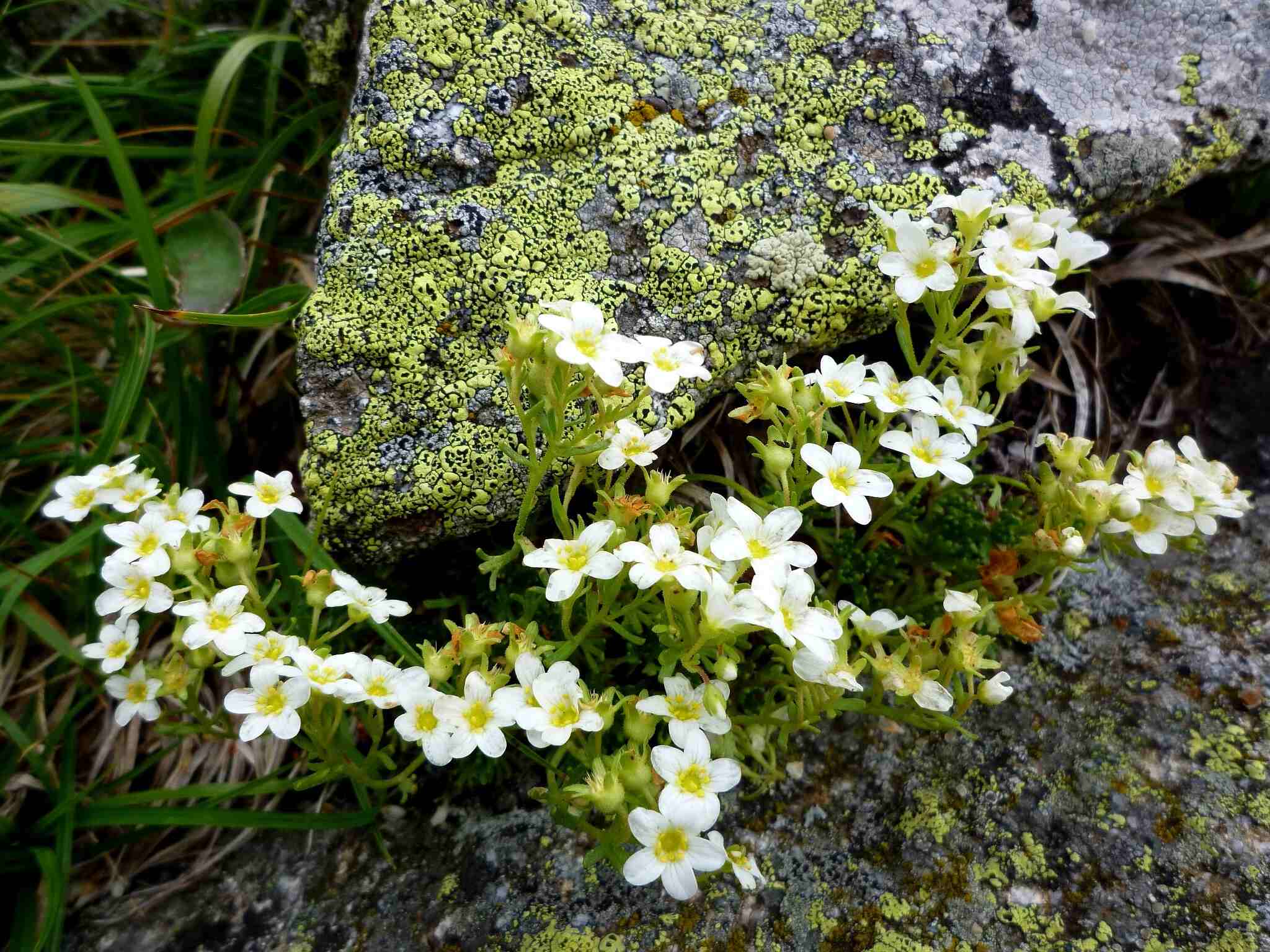
Arenaria interpres, also known as the ruddy turnstone, is a small, stocky shorebird with a fascinating lifestyle. Ever wondered why it's called a "turnstone"? This bird gets its name from its unique feeding habit of flipping over stones and debris to find food. Found along coastlines worldwide, the ruddy turnstone is easily recognizable by its striking black and white plumage and bright orange legs. These birds are migratory, traveling thousands of miles between breeding and wintering grounds. They play a crucial role in coastal ecosystems by helping control insect populations. Ready to learn more? Here are 28 intriguing facts about this remarkable bird.
What is Arenaria?
Arenaria, commonly known as sandwort, is a genus of flowering plants in the Caryophyllaceae family. These plants are often found in rocky or sandy environments. Let's dive into some fascinating facts about this resilient and beautiful genus.
General Facts About Arenaria
- Arenaria Species: There are over 150 species of Arenaria, each adapted to different climates and terrains.
- Habitat: These plants thrive in rocky, sandy, or alpine environments, making them incredibly hardy.
- Appearance: Arenaria plants typically have small, white or pink flowers and needle-like leaves.
- Size: Most species are low-growing, forming mats or cushions that can spread over a large area.
- Flowering Season: They usually bloom in late spring to early summer, adding a splash of color to their often harsh habitats.
Ecological Importance of Arenaria
- Soil Stabilization: Arenaria plants help stabilize soil in rocky or sandy areas, preventing erosion.
- Pollinator Attraction: Their flowers attract various pollinators, including bees and butterflies.
- Biodiversity: These plants contribute to the biodiversity of their habitats, supporting various forms of wildlife.
- Indicator Species: Some species of Arenaria are used as indicator species to assess the health of their ecosystems.
Arenaria in Gardening
- Rock Gardens: Due to their hardiness, Arenaria species are popular choices for rock gardens.
- Ground Cover: Their mat-forming habit makes them excellent ground cover plants.
- Low Maintenance: These plants require minimal care, making them ideal for low-maintenance gardens.
- Drought Tolerance: Arenaria species are drought-tolerant, reducing the need for frequent watering.
- Propagation: They can be easily propagated by seed or division, making them easy to grow.
Interesting Facts About Specific Arenaria Species
- Arenaria montana: Known as Mountain Sandwort, this species is native to the Pyrenees and is popular in rock gardens.
- Arenaria serpyllifolia: Commonly called Thyme-leaved Sandwort, this species is found in Europe and North America.
- Arenaria grandiflora: This species is known for its larger flowers compared to other Arenaria species.
- Arenaria ciliata: Also known as Fringed Sandwort, it has distinctive fringed petals.
- Arenaria norvegica: Known as Norwegian Sandwort, this species is found in Arctic and sub-Arctic regions.
Arenaria in Traditional Medicine
- Medicinal Uses: Some species have been used in traditional medicine for their anti-inflammatory properties.
- Herbal Remedies: Arenaria serpyllifolia has been used in herbal remedies for respiratory issues.
- Skin Treatments: Extracts from certain species are used in treatments for skin conditions.
Conservation Status
- Endangered Species: Some Arenaria species are considered endangered due to habitat loss and climate change.
- Conservation Efforts: Efforts are being made to conserve these plants through habitat protection and cultivation.
- Botanical Gardens: Many botanical gardens include Arenaria species in their collections to help preserve them.
Fun Facts About Arenaria
- Name Origin: The name "Arenaria" comes from the Latin word "arena," meaning sand, reflecting their preferred habitat.
- Longevity: Some species can live for many years, making them long-lasting additions to gardens.
- Cultural Significance: In some cultures, Arenaria flowers are used in traditional ceremonies and decorations.
Final Thoughts on Arenaria
Arenaria, often overlooked, holds fascinating secrets. These small, hardy plants thrive in harsh conditions, showcasing nature's resilience. Found in rocky terrains and alpine regions, they adapt to environments where few others can survive. Their tiny, star-shaped flowers add beauty to otherwise barren landscapes.
Beyond their aesthetic appeal, Arenaria species play crucial roles in their ecosystems. They prevent soil erosion, provide habitats for insects, and contribute to the biodiversity of their regions. Their ability to withstand extreme weather makes them a symbol of endurance and adaptability.
Learning about Arenaria reminds us of nature's wonders and the importance of preserving diverse habitats. Next time you encounter these unassuming plants, take a moment to appreciate their unique qualities and the vital roles they play in our world. Arenaria's story is a testament to the incredible adaptability and beauty found in the natural world.
Was this page helpful?
Our commitment to delivering trustworthy and engaging content is at the heart of what we do. Each fact on our site is contributed by real users like you, bringing a wealth of diverse insights and information. To ensure the highest standards of accuracy and reliability, our dedicated editors meticulously review each submission. This process guarantees that the facts we share are not only fascinating but also credible. Trust in our commitment to quality and authenticity as you explore and learn with us.
